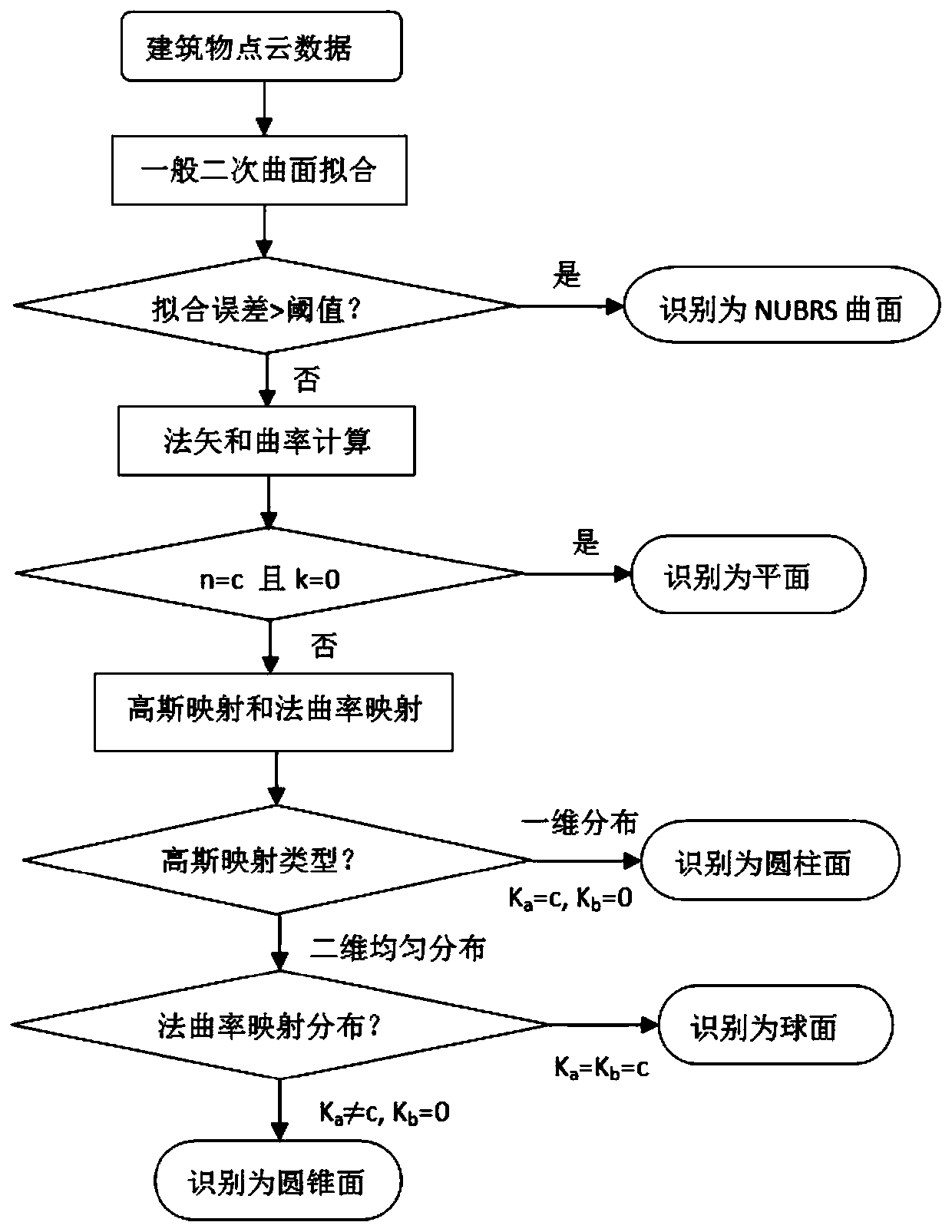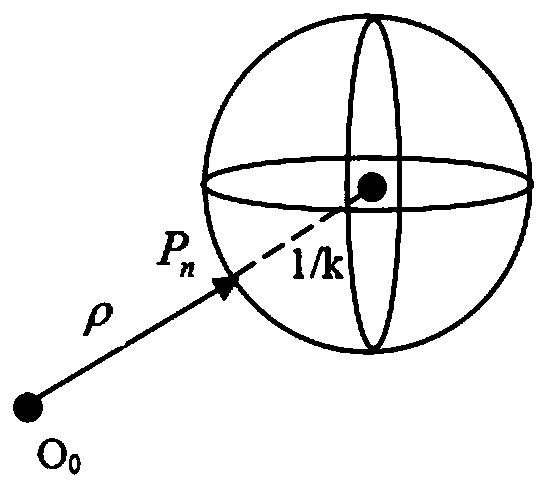Building local deformation analysis method based on point cloud curved surface feature constraints
A local deformation and analysis method technology, applied in image analysis, image data processing, measuring devices, etc., can solve the problems of inappropriateness, lowering the accuracy and reliability of building deformation monitoring, and improve the accuracy and reliability Effect
- Summary
- Abstract
- Description
- Claims
- Application Information
AI Technical Summary
Problems solved by technology
Method used
Image
Examples
example 1
[0186] Example 1: Analysis and calculation of bridge cylinder deformation
[0187] Such as Image 6 As shown, in order to detect the constraint relationship between bridge columns and check the construction quality of bridge components, the FOCUS 3D The 3D laser scanner has carried out 3D scanning measurement of the bridge, and selected 5 faces A, B, C, D, E on the side of the bridge, and the corresponding point cloud data are as follows: Figure 7 shown. In order to test the bridge construction quality, we consulted the bridge design data and found that the five surfaces A, B, C, D, and E are designed as planes, and the design constraints among the surfaces are shown in Table 1.
[0188] Table 1 Constraint relationship table of each plane (design)
[0189]
[0190] The obtained point cloud data are processed by registration, noise removal and data segmentation, and the segmented point cloud data are obtained as follows: Figure 7 shown.
[0191] The number of selected...
example 2
[0215] Example 2: Coaxial detection of building load-bearing columns
[0216] In order to test the construction quality of house pillars, select such as Figure 8 The load-bearing column of the house shown, the column is divided into two parts, the lower part C 2 It is the base part of the column, supporting the upper part C 1 . According to the house design data, the lower part C 2 The radius is larger than the upper half of C 1 Large, the design central axes of the two columns are on the same straight line, that is, the design of the two columns is coaxial. Such as Figure 9 As shown, in order to carry out coaxial detection on the pillars of the house, 399057 data points in the cylindrical point cloud data are selected.
[0217] The obtained point cloud data is processed by registration, noise elimination and data segmentation, and the segmented point cloud data is obtained, and the cylindrical surface fitting model is obtained, such as Figure 10 shown.
[0218] The...
PUM
 Login to View More
Login to View More Abstract
Description
Claims
Application Information
 Login to View More
Login to View More - R&D
- Intellectual Property
- Life Sciences
- Materials
- Tech Scout
- Unparalleled Data Quality
- Higher Quality Content
- 60% Fewer Hallucinations
Browse by: Latest US Patents, China's latest patents, Technical Efficacy Thesaurus, Application Domain, Technology Topic, Popular Technical Reports.
© 2025 PatSnap. All rights reserved.Legal|Privacy policy|Modern Slavery Act Transparency Statement|Sitemap|About US| Contact US: help@patsnap.com



